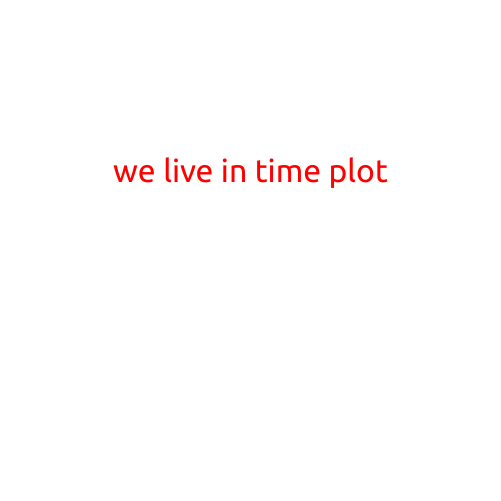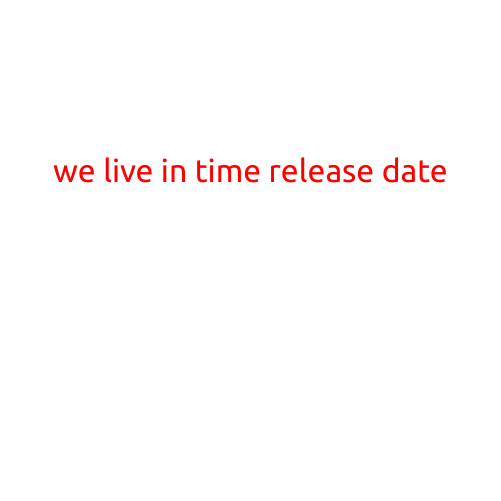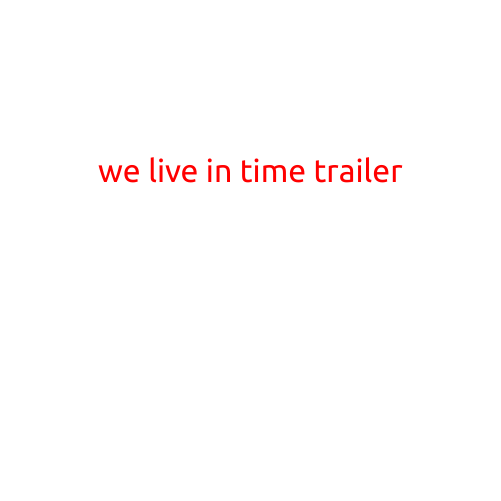
We Live in Time Plot: Unraveling the Mysteries of Chronology
“The past is all that is or was; the present moment is the only moment available to us; and the future is whatever may happen after the present moment.” - Alan Watts
Time is a fundamental concept that governs our existence, yet it remains one of the most elusive and mysterious aspects of the universe. From the birth and death of stars to the unfolding of human history, time is the canvas upon which all events are painted. In this article, we will delve into the fascinating world of time, examining its intricacies, paradoxes, and the plot that underlies our very existence.
The Basics of Time
Before diving into the complexities of time, it’s essential to establish the basics. Time, as we commonly understand it, is a linear concept that measures the duration between events. It’s a dimension that governs the sequence of cause and effect, allowing us to perceive the world in a logical and causal manner. Time is often represented as a straight line, with the past on one end, the present in the middle, and the future on the other.
In modern physics, time is considered the fourth dimension, in addition to the three spatial dimensions (length, width, and height). This perspective, known as spacetime, suggests that time is intertwined with space, creating a single fabric that dictates the behavior of matter and energy.
The Conundrum of Time Travel
One of the most mind-boggling aspects of time is the concept of time travel. According to general relativity, it is theoretically possible for objects to move through time as well as space, a phenomenon known as wormholes. However, the laws of physics also dictate that such movements would require an object to have a negative mass-energy density, which is currently beyond our technological capabilities.
The grandfather paradox, a thought experiment proposing that a time traveler could kill their own grandfather before he had children, leading to the time traveler’s own non-existence, further complicates the notion of time travel. This paradox raises questions about the consistency of the timeline and the potential consequences of altering the past.
The Duality of Time
Time, it seems, is a duality, existing in both a deterministic and probabilistic sense. On one hand, the laws of physics govern the motion of objects, ensuring that the behavior of particles and waves is predictable and predetermined. On the other hand, the concept of entropy and the Heisenberg Uncertainty Principle suggest that the outcome of certain events is probabilistic and inherently uncertain.
This duality is reflected in the human experience, where our perception of time is influenced by both deterministic patterns, such as the inevitability of birth and death, and probabilistic events, like the outcome of a coin toss or the probability of a rare disease.
The Plot of Time: Unraveling the Mysteries
As we navigate the complexities of time, it becomes clear that our existence is intricately tied to the fabric of spacetime. The plot of time is a tapestry woven from the threads of causality, probability, and human perception.
The mysteries of time travel, the grandfather paradox, and the duality of time all converge to reveal that time is not a fixed, linear entity but rather a dynamic and multifaceted concept. By embracing this complexity, we can gain a deeper understanding of our place within the timeline and the intricate dance of cause and effect.
Conclusion
We live in time, a never-ending narrative that unfolds before our eyes. Through the lens of time, we can glimpse the grandeur of creation, the dance of matter and energy, and the intricate web of causes and effects. As we continue to unravel the mysteries of time, we may yet discover new perspectives on our existence and the plot that underlies our very lives.
Join us on this journey through the realms of time, as we explore the infinite possibilities and paradoxes that lie within.





